Shoe-Leather Philanthropy: Meet Our Team
Shoe-leather philanthropy – the practice of site visits to a disaster-affected area to inform philanthropic giving – is part of our regular practice at the Center for Disaster Philanthropy. You might say, it is part of our organizational DNA and, we believe, one of the key components that makes for effective disaster giving. While many […]
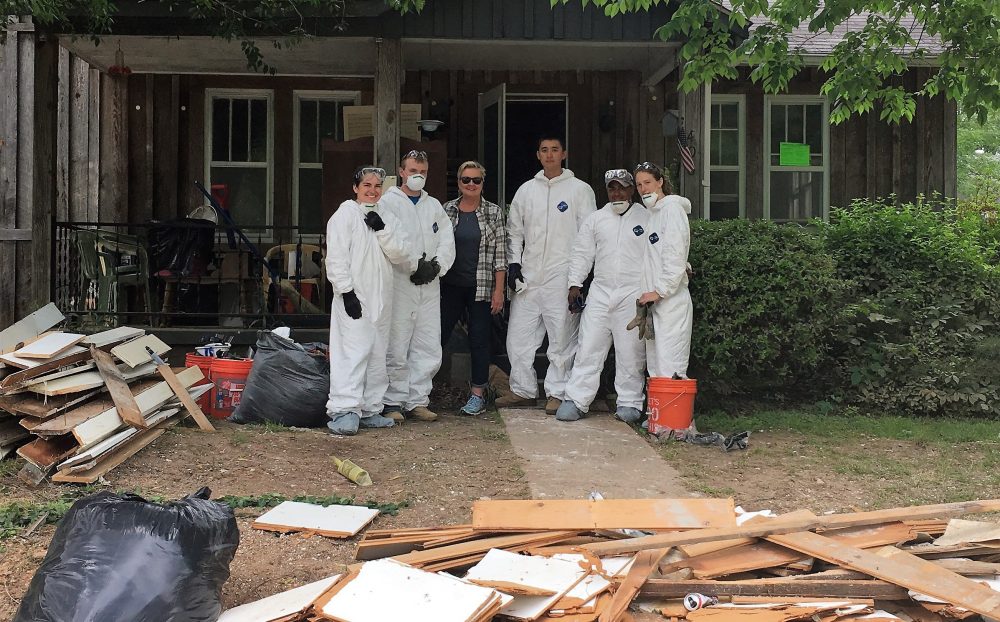
Shoe-leather philanthropy – the practice of site visits to a disaster-affected area to inform philanthropic giving – is part of our regular practice at the Center for Disaster Philanthropy. You might say, it is part of our organizational DNA and, we believe, one of the key components that makes for effective disaster giving. While many of you personally know our team of grantmakers, I thought I would introduce them to you and share how shoe-leather philanthropy informs each of their grantmaking portfolios.
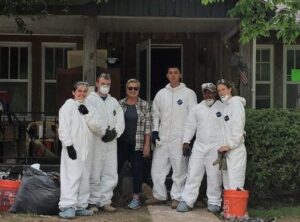
Nancy J. Beers, director of our Midwest Early Recovery Fund, is charged with leading a $1 million per year grantmaking program. The Fund focuses on low-attention disasters that strike a ten-state region in the Midwest (including Montana, South Dakota, North Dakota, Missouri, Nebraska, Iowa, Arkansas, Oklahoma, Minnesota and Kansas). Nancy is based in Albert Lea, Minnesota, just a stone’s throw from Iowa and the Twin Cities.
While Nancy finds herself communicating regularly with nonprofit organizations actively working to respond and assist in the recovery of disasters, you will often find her out in the field, “ground truthing” — directly observing the unmet needs following a disaster and collaborating with funders and nongovernmental organizations (NGOs) alike. To Nancy, a “quick drive” is 10 hours from her home and any drive is worth the trip because she takes time to really get to know the people in each community.
Recently, Nancy traveled to Iowa and Nebraska to assess needs sparked by the recent spring floods. Connecting in person with disaster-affected communities, and the leaders working to support recovery efforts, is critical to the success of Nancy’s work.
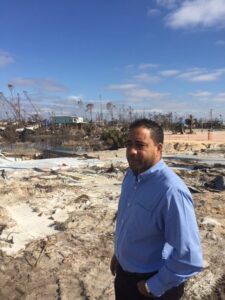
Brennan Banks, director of our disaster recovery funds, is based just outside of Miami, Florida. He leads the work of our 2017 and 2018 Atlantic Hurricane Recovery Funds and our 2017 and 2018 California Wildfire Funds, managing grants that have already been awarded out of those funds and undertaking needs assessments to inform the direction of future grantmaking.
In just the past two months, Brennan has traveled to Immokalee, Florida to celebrate the opening a housing project our Hurricane Irma Recovery Fund supported; to Northern California to assess unmet needs following the devastating fires that hit the region last year; to the Florida Panhandle and to Eastern North Carolina to assess where funds designated for Hurricanes Florence and Michael recovery could best be directed.
His years of experience in the field makes him a keen observer and compassionate presence wherever he goes. Brennan knows how important it is to connect with the leaders of long-term recovery groups, of social service organizations or regional associations and other funders in an affected area. What he learns from every site visit is incorporated into the needs assessment that he presents to me, the grant committees and the CDP board of directors. Ultimately, the grants that are awarded are informed by his time in communities.
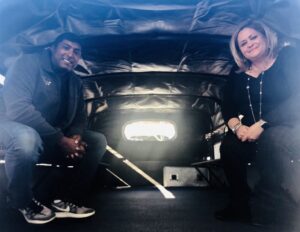
Sally Ray, an Oklahoman residing in Houston, Texas (she says that being an Oklatexan is an actual “thing”) is no stranger to Hurricane Harvey, having moved back to Texas just ten days prior to the storm making landfall. With prior experience at the American Red Cross and the Oklahoma City Community Foundation, she brings her disaster and funder expertise to bear leading the CDP Hurricane Harvey Recovery Fund.
Hurricane Harvey affected 41 counties; Sally has visited 39 of them. Over the course of the past year and a half, Sally’s travels have given her the ability to validate the direction for each of the funding rounds that she has prepared for the CDP board of directors. Her site visits have informed grantmaking focused on mental health, housing, long-term recovery groups, capacity building, the environment and economic development.
She tells me often how much her work is informed and improved by living in a Harvey-affected county and keenly understanding what communities are facing as they work toward long-term recovery.
We take our travels pretty seriously at the Center for Disaster Philanthropy – knowing that shoe-leather philanthropy is one of the best tools that we have to effectively allocate dollars for medium- and long-term recovery. If you would like to learn more about what makes for effective disaster philanthropy, please do not hesitate to reach out to me.
More like this
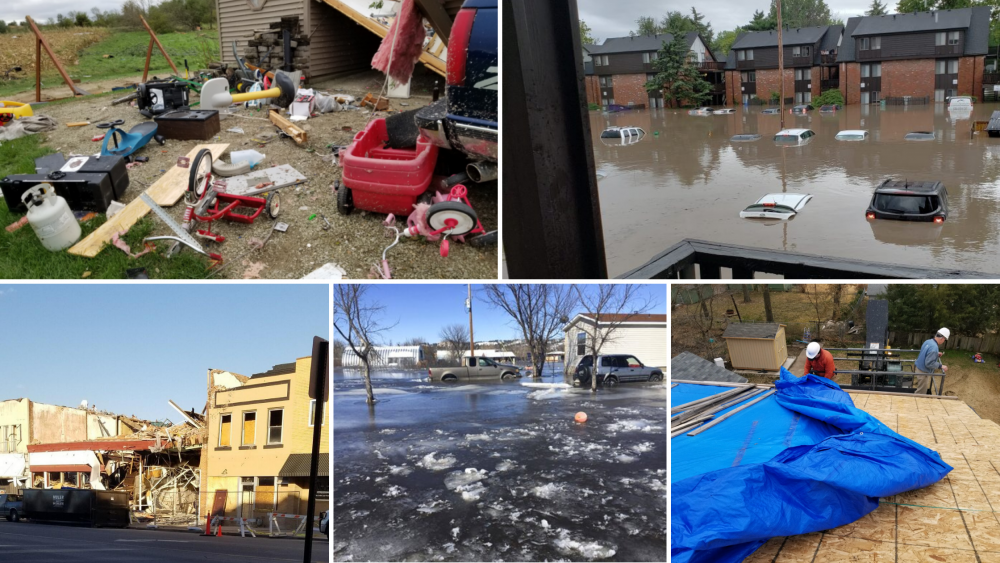
Lessons in data-driven disaster recovery

